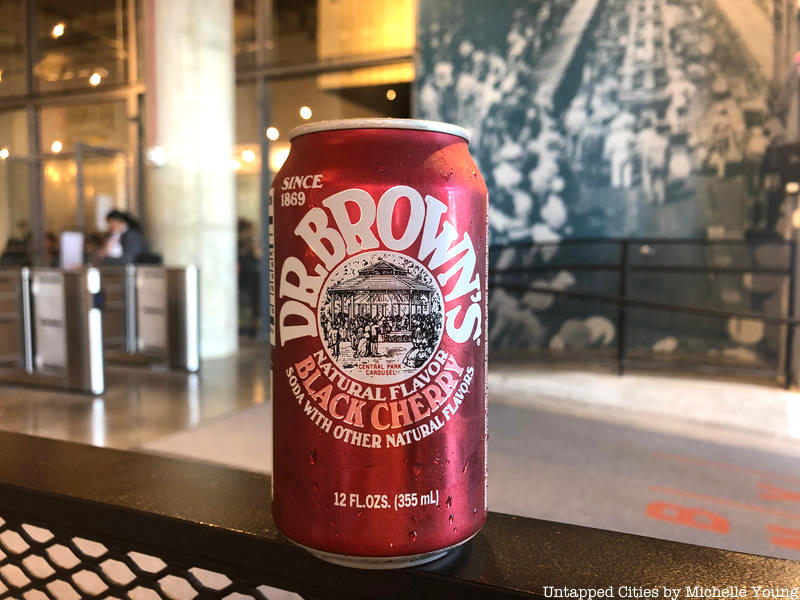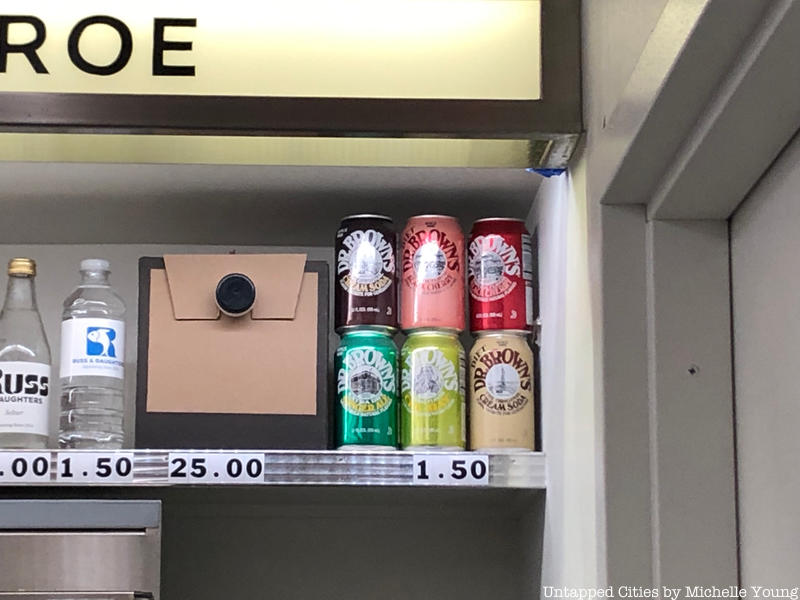
Dr. Brown’s Sodas have been a New York City staple for over a century. Their flavors and branding place them in the center of New York City’s consciousness. In 1869, Schoneberger & Noble began producing the Dr. Brown’s brand. Whether or not an actual Dr. Brown ever existed has since been lost to time. Still today, each flavor of Dr. Brown’s sodas depict a different scene from old New York. The current labels were designed in the 1970s by Herb Lubalin based on prints of Old New York.
The Brooklyn Bridge is depicted on Dr. Brown’s Cel-Ray Soda, the Statue of Liberty appears on Cream soda, the old Grand Central Terminal on orange soda, the Astor Hotel on ginger ale and an ice cream parlor on root beer soda. Black Cherry soda cans were originally illustrated with the Third Avenue Elevated Train line, but it was “deemed to be too obscure an image for non-New Yorkers,” and was replaced by the Central Park carousel.

The first soda produced under the Dr. Brown name was Celery Tonic. According to the The Oxford Companion to American Food and Drink, by 1910, the soda was advertised as “Dr. Browns Celery Tonic made with crushed celery seeds, as a pure beverage for the nerves that strengthens the appetite and aids digestion.” In the 1950s, the Food and Drug Administration objected to the use of the word tonic in the soda’s name, so it was changed to Cel-Ray soda. In addition tracing its roots back to a time when less than reputable companies were peddling “tonics” and “medicines,” Dr. Brown’s sodas keep that era alive though the images depicted on its cans and bottles.
Today, Dr. Brown’s Sodas are still bottled in New York City, now at the Pepsi Bottling Plant in the Bronx.





